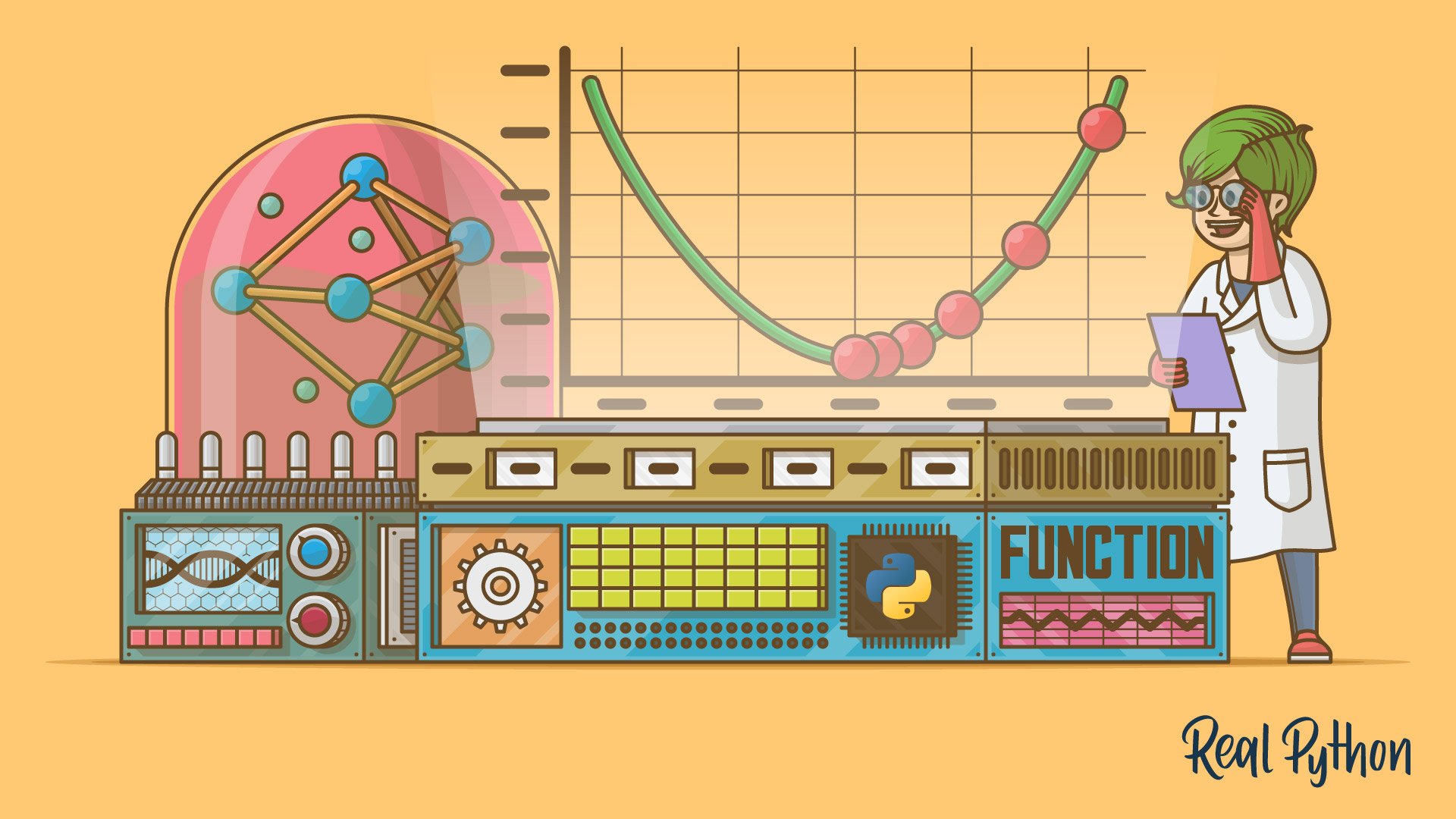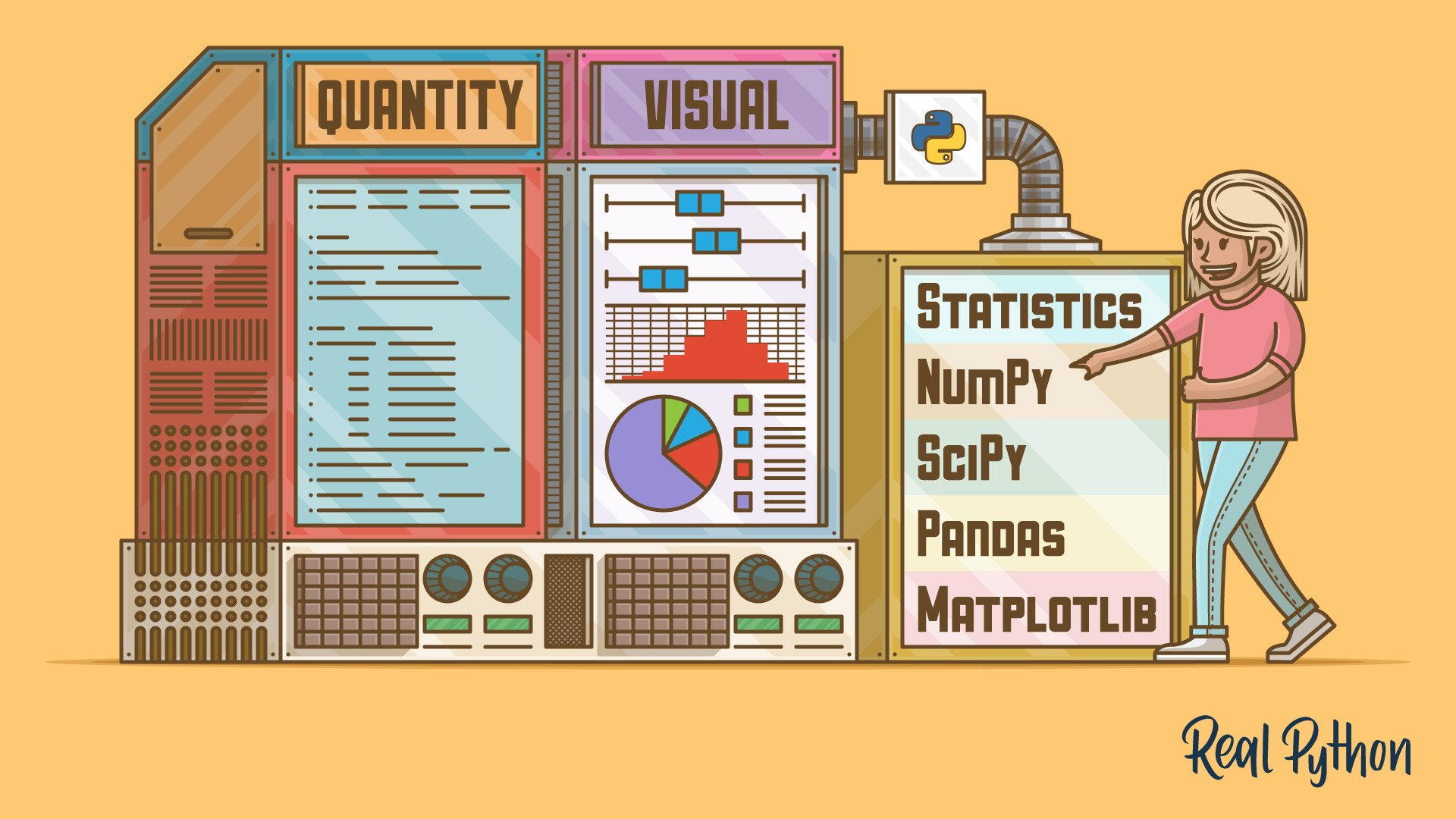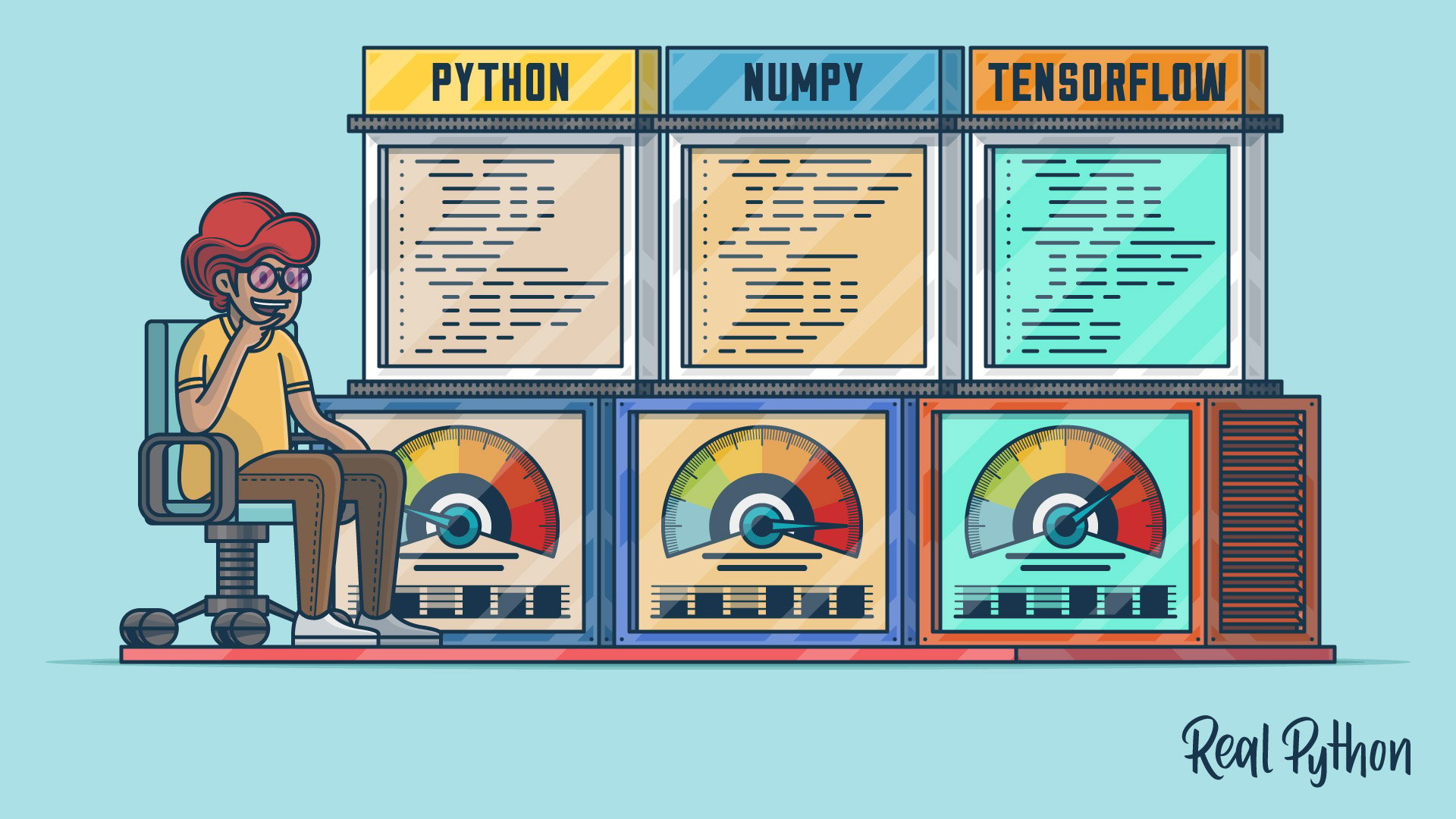What Is NumPy?
NumPy is the foundational library for scientific computing in Python, enabling fast numerical computations. Work with multidimensional arrays and matrices to process large datasets efficiently. NumPy provides mathematical functions, linear algebra operations, and broadcasting that make numerical code both concise and performant.
Free Bonus: Click here to get access to a free NumPy Resources Guide that points you to the best tutorials, videos, and books for improving your NumPy skills.
Data science and machine learning projects build on top of NumPy’s array operations. Leverage vectorized operations that run at C speed, reshape and slice arrays for different analyses, and use advanced indexing for complex selections. NumPy powers libraries like pandas, scikit-learn, and TensorFlow, making it essential for Python’s scientific ecosystem.
NumPy handles numerical computations with multidimensional arrays and mathematical functions. Use it for data analysis, scientific computing, image processing, and machine learning. NumPy arrays are faster and more memory efficient than Python lists for numerical operations.
Import NumPy with import numpy as np. Create arrays from lists with np.array([1, 2, 3]), generate ranges with np.arange(), or create arrays of zeros or ones with np.zeros() and np.ones(). Use np.linspace() for evenly spaced values.
NumPy arrays store elements of the same type and support vectorized operations that are much faster than list operations. Arrays use less memory and provide mathematical functions. Lists are more flexible with mixed types but slower for numerical work.
Broadcasting lets you perform operations on arrays of different shapes without explicit loops. NumPy automatically expands smaller arrays to match larger ones following specific rules. This makes code cleaner and faster for element-wise operations.
Use @ or np.matmul() for matrix multiplication, np.dot() for dot products, and np.transpose() or .T for transpose. NumPy provides np.linalg for advanced operations like inverse, determinant, eigenvalues, and solving linear systems.





























